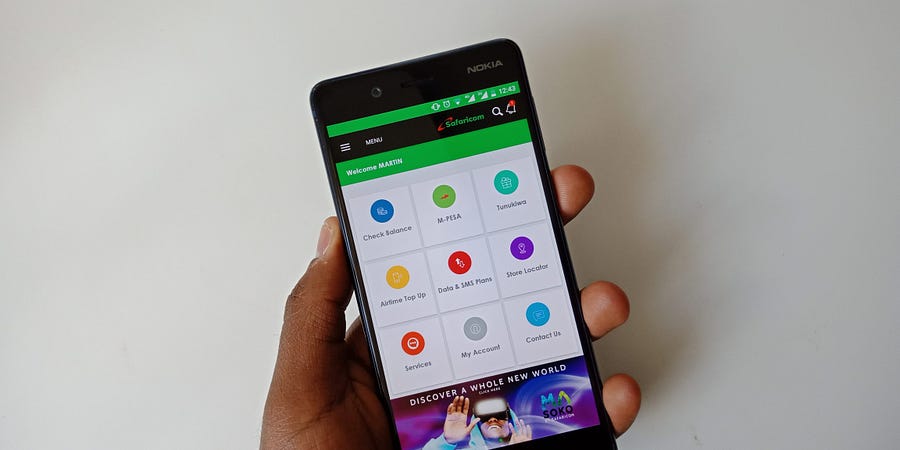
In 2007, Kenya had 740 bank branches throughout the country. Bank accounts were not common – only 19% of the population used accounts. For the rest of the people, this service was too expensive or not available at all. People had to transport large amounts of cash or risk transferring them through intermediaries (such as bus drivers).
The solution to the problem was found by the local mobile operator Safaricom (a subsidiary of the British Vodafone). Considering that 50% of Kenyans by that time already used mobile phones (and therefore kept their money on their mobile balance), it was decided to use this infrastructure to develop financial services. As part of the Mobile Finance special project, PaySpace Magazine will tell you how M-PESA works today.
M-PESA is not just money on your mobile account
Explaining what the essence of the service is, it is often simplified to settlements from the balance of a mobile account. But things are a little more complicated. The client cannot simply top up the account and, instead of spending money on calls and SMS, start using them to make payments.
He needs to open and put money into a special account by contacting an M-PESA agent. The client transfers cash to him, and the agent transfers the required amount from his mobile wallet minus the commission.
Payments in M-PESA are not anonymous – you need to present your passport to register an account. And the account itself is protected by a PIN.
Also, not all Safaricom SIMs support mobile payments. Purchase a chip with a pre-installed M-PESA menu. Furthermore, you can buy bitcoin with mpesa using a P2P crypto Exchange. Make sure to double check and verify the BTC to KSH exchange rate before trading.
Not only residents of Kenya can pay with M-PESA – tourists also open an account in this system, even if they come to the country for a couple of days. You need to purchase a Kenyan SIM card. They are sold everywhere from the airport to the hotel lobby. The cost of the card ranges from 50 cents to 2 dollars. Maximum – $ 5 at airports. Registration and replenishment of the card will take no more than 10 minutes.
How M-PESA Works: Features Not Everyone Knows About
Today M-PESA is no longer only a money transfer service on push-button telephones. For 11 years of existence on the market, the solution has become a universal tool for managing funds, up to the launch of contactless cards. How M-Pesa has changed – shown in the infographic.
We propose to consider unusual formats for using mobile money:
- M-Shwari is a bank account that offers a combination of deposits and loans. The service was developed in collaboration with Commercial Bank of Africa and is available only to M-PESA customers. They can remotely open a bank account by running a few commands from their mobile phone. Then arrange a deposit at 2-5% or a loan at 7.5% per month. Such accounts are used by 4.5 million Kenyans
- Lipa na M-Pesa allows merchants to accept payments from buyers. Any M-PESA user can use the service. To do this, go to the M-PESA menu on your phone, enter the seller’s number and follow the instructions. Merchants must, in turn, issue a special SIM card and assign a certain number (Till) to their outlet.
- M-Tiba is a kind of health insurance. M-PESA account holders can deposit money into their M-Tiba account (or a relative’s account) to be used to pay for medical services if needed.
- M-Pesa 1tap is a contactless payment service. You can bind a card, NFC tag or bracelet to a mobile operator’s account. And pay with them at outlets that accept M-PESA. The money will be withdrawn from the mobile account.
